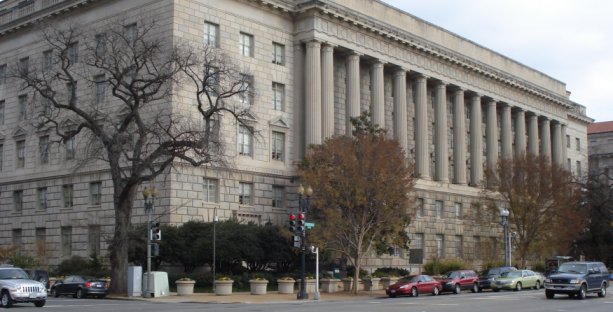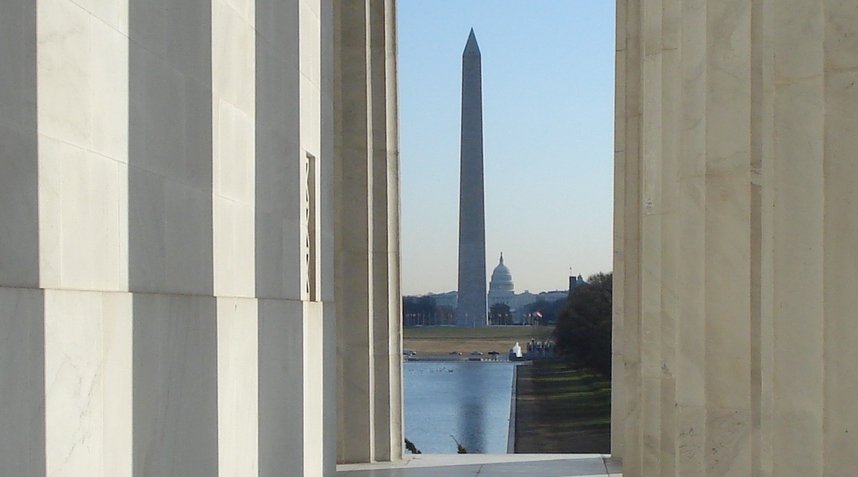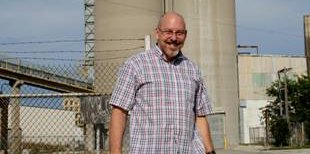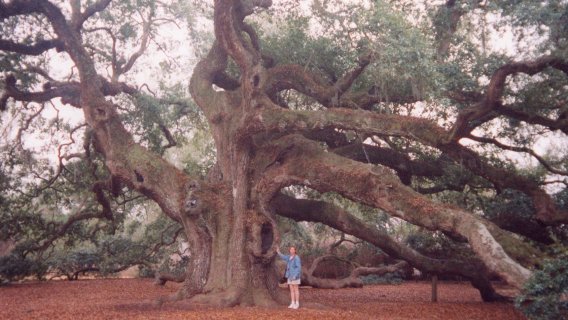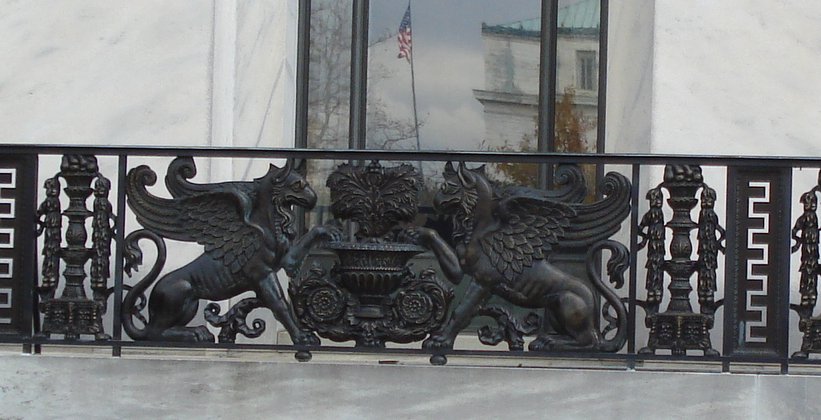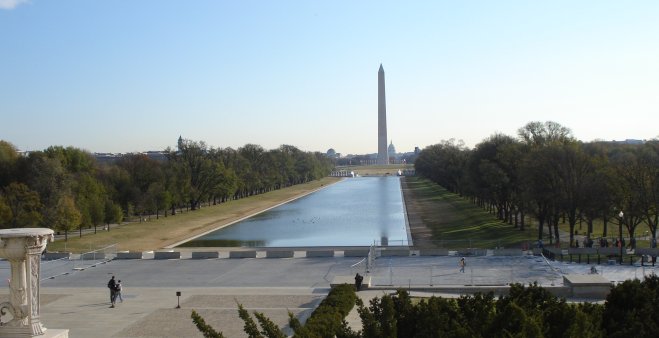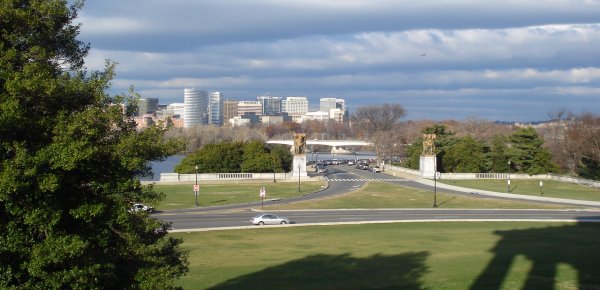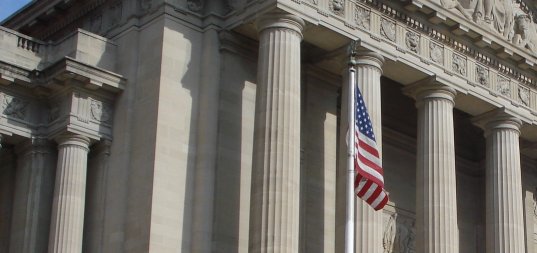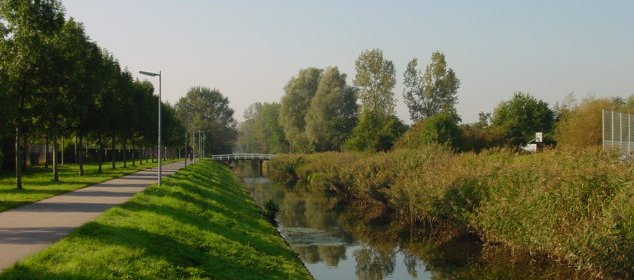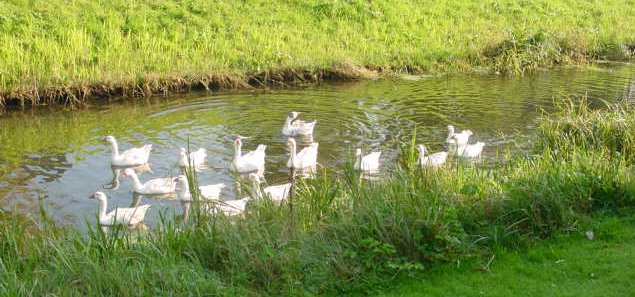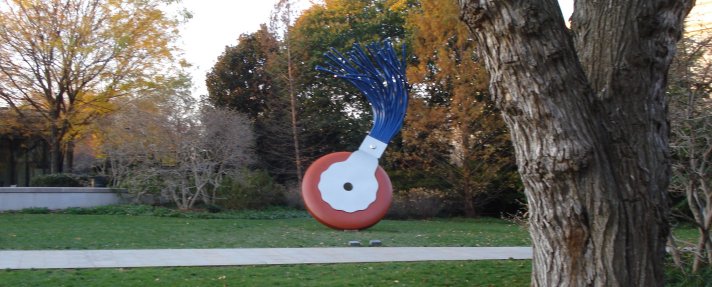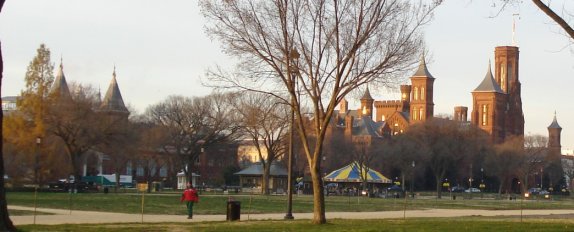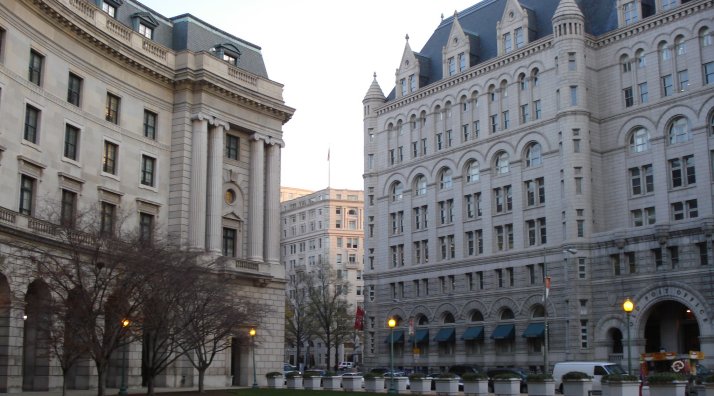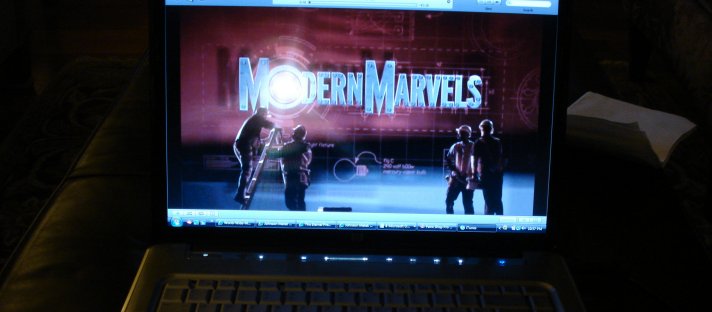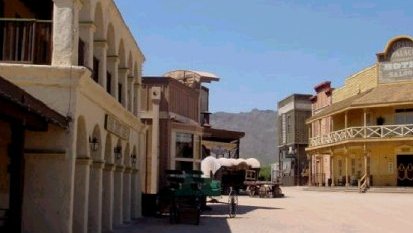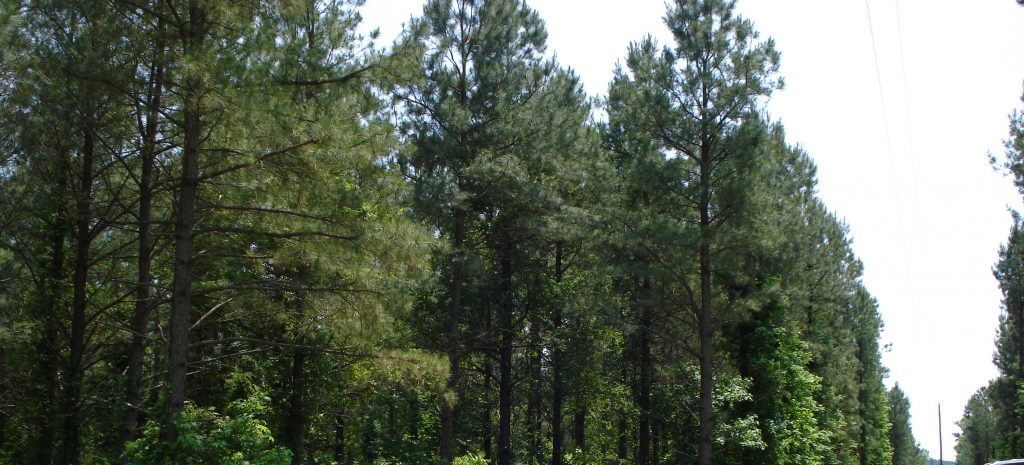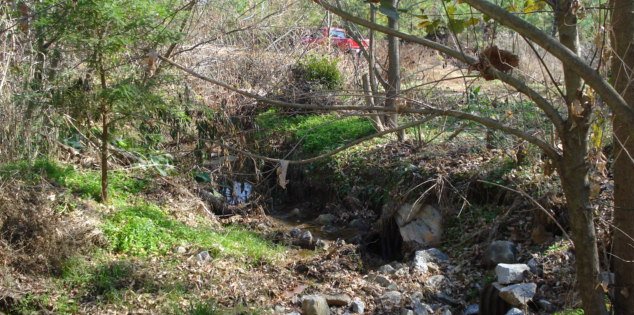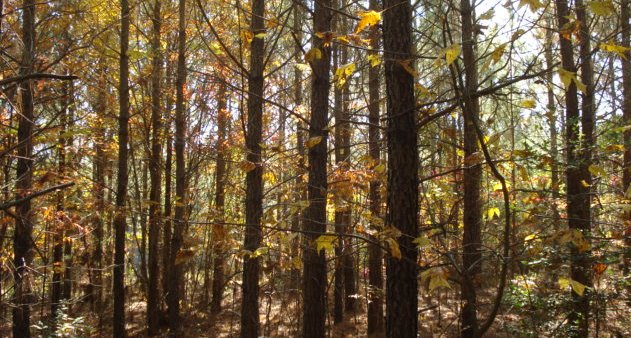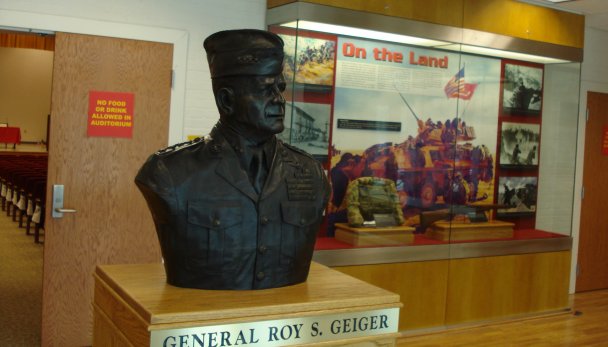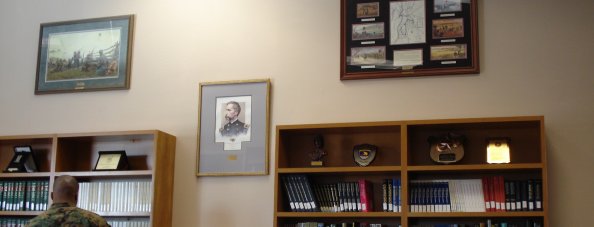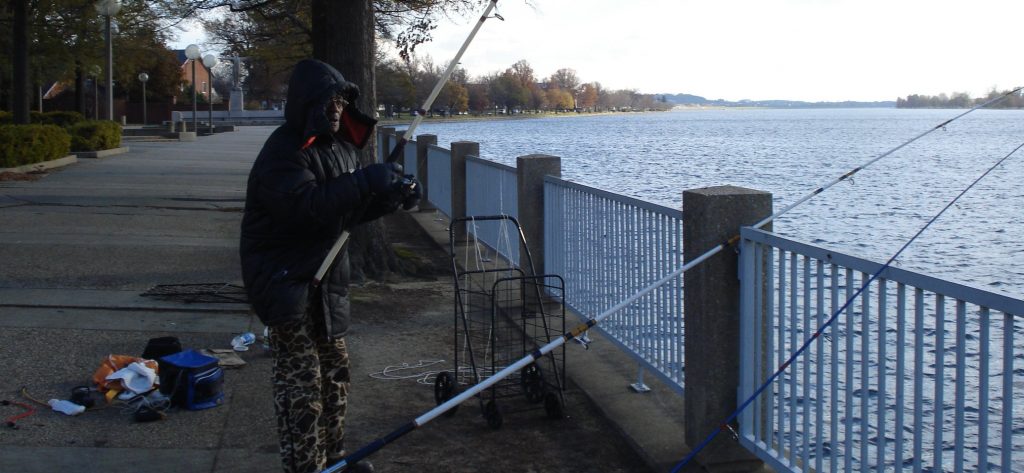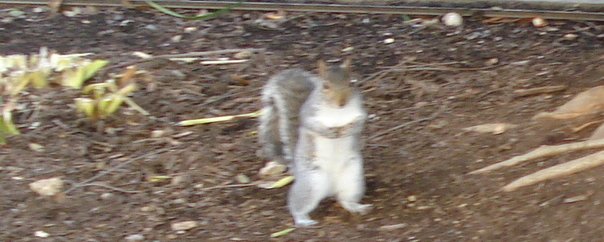I like to watch the Sunday morning news programs. My morning routine includes “This Week,” “Chris Matthews,” “Fox News Sunday” & “Meet the Press.” I have to switch around among them, since they overlap. That is interesting because you often see the same “opinion makers” being interviewed on a couple of them. It might be easier just to get the talking points. These shows are ABOUT politics, so I shouldn’t complain, but I think they are too much about politics.
Below is Augustus Caesar, Rome’s first Emperor.

They see everything through a political lens. I understand that Washington is a political town and politics pervades everything, however I don’t think everything is reducible to politics alone, at least politics in the sense of the competitive game. On “Chris Matthews” eight out of the twelve pundits thought “the right” would give President Obama the benefit of a long honeymoon. I agree with the majority. But I disagree with Matthews and the panel when they characterized this as simple politics. They will have to give it because they cannot be seen to oppose him. Matthews et al are smart people and I recall the two old sayings: “it takes a smart person to be cynical, but a wise man to get beyond that” and “A man’s view of the world is a confession of his own character.”
Not everybody is motivated by politics – not even politicians – and especially not ordinary people. I have particular and strongly held political views, but between elections I want my President to succeed no matter what party and I want our Congress to work under the best possible conditions. In between elections, I don’t want to think about politics very much. Most people are like that except during tough political campaigns or when making a calls to talk radio or C-Span. Being politically aware all the time is just too exhausting.
Our system makes good or at least okay decisions most of the time. More important is our capacity to experiment and reinvent while maintaining the fundamental integrity of our structure. The fact that we enjoy the oldest living Constitution in the world and are second oldest continuous government in the world (after the Brits) is ample evidence of our stability. It is noteworthy that the British heritage has influenced so many stable democracies (Besides the U.S. and UK, Australian, New Zealand, Canada, among others, and arguably even India). To a significant extent, the countries with this heritage allow their citizens more freedom FROM politics than most others. In America, it is possible to be prosperous, secure and successful w/o strong political connections. If you think about that for more than a minute and put it into historical context, that is truly amazing. Freedom FROM arbitrary government action and the capriciousness of petty officials is rare in history. We complain about our lack of freedom and opportunity, but we have (to paraphrase) the worst possible system … except for everything else.
I worry that we may ask too much from government and I get nervous each election season. History shows that people voluntary give up freedom in return for the promise of stability and prosperity but they end up usually getting none of the above. It is useful to read the stories of Republics, ancient and modern, as our Founding Fathers did. This could happen to us too, but the good sense of the American people and the soundness of our institutions win out in the end. Most of us are not really interested in letting politics intrude too much into our daily lives and private affairs – especially not “theirs” but even our own. We get a little hysterical from time to time, but to the disappointment of radicals on all sides, moderation and good sense prevail.

